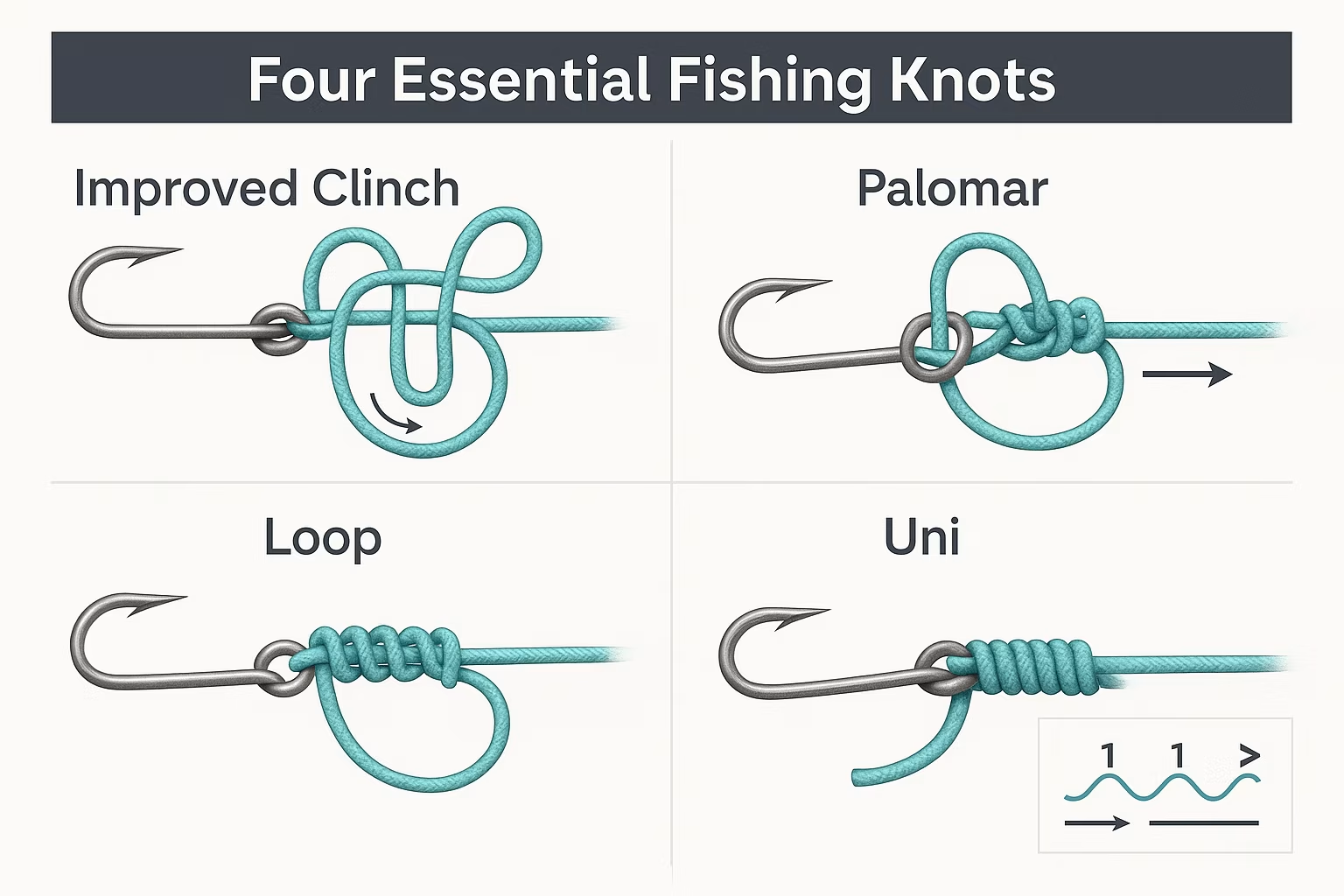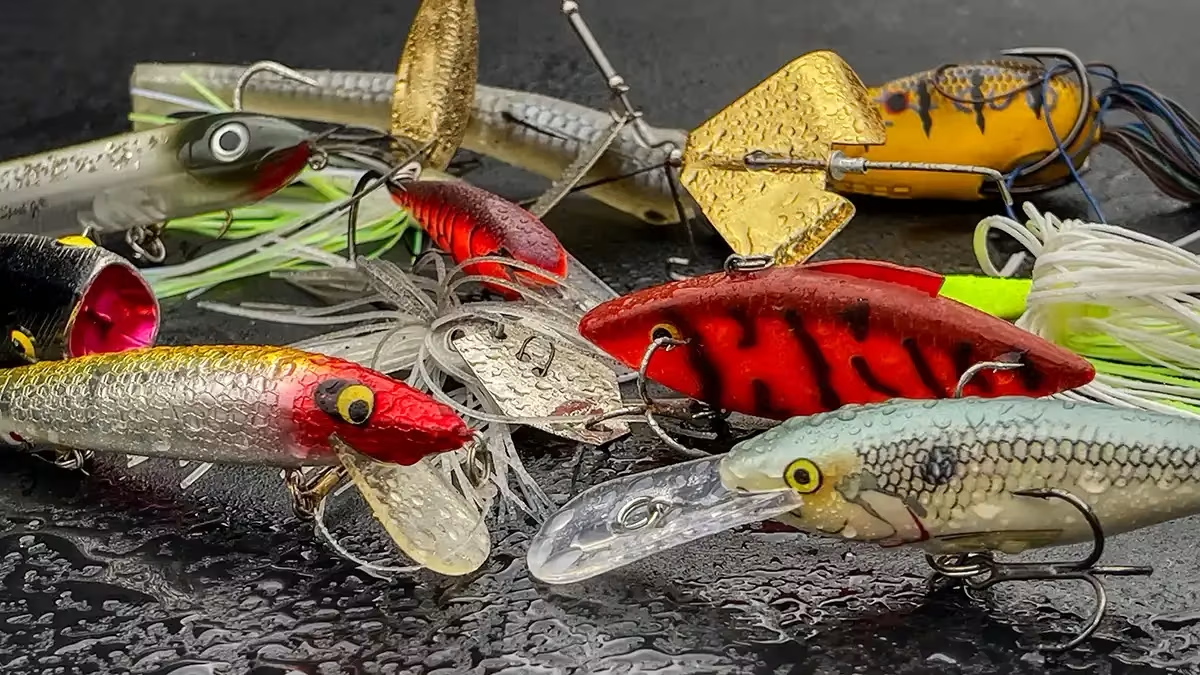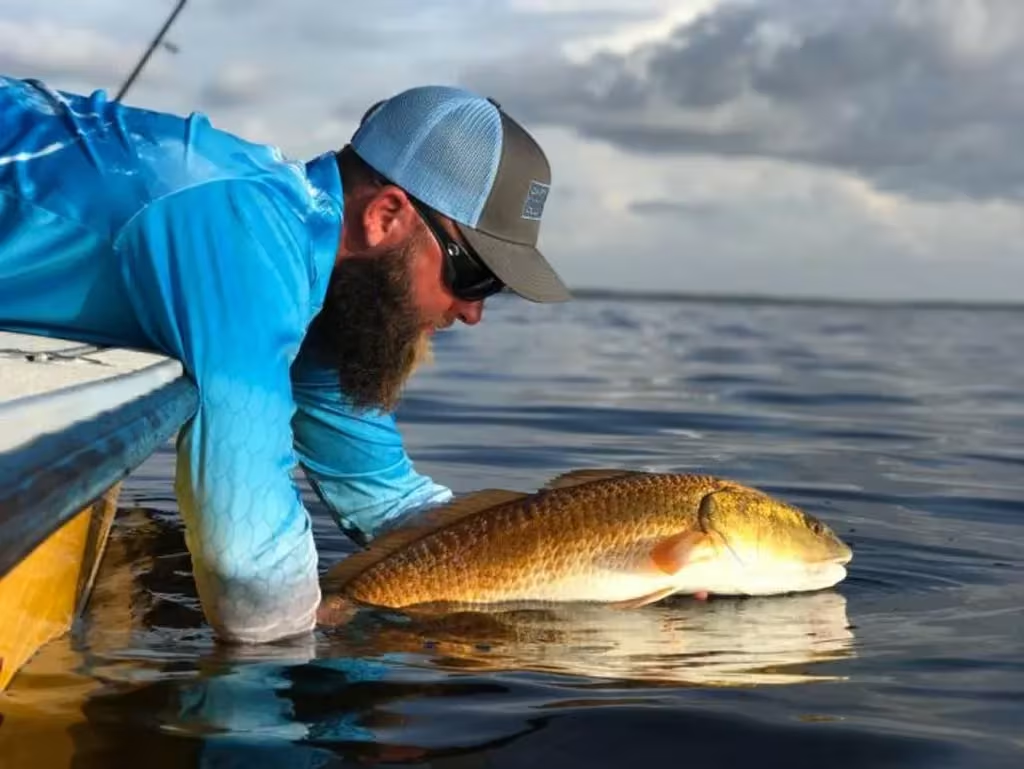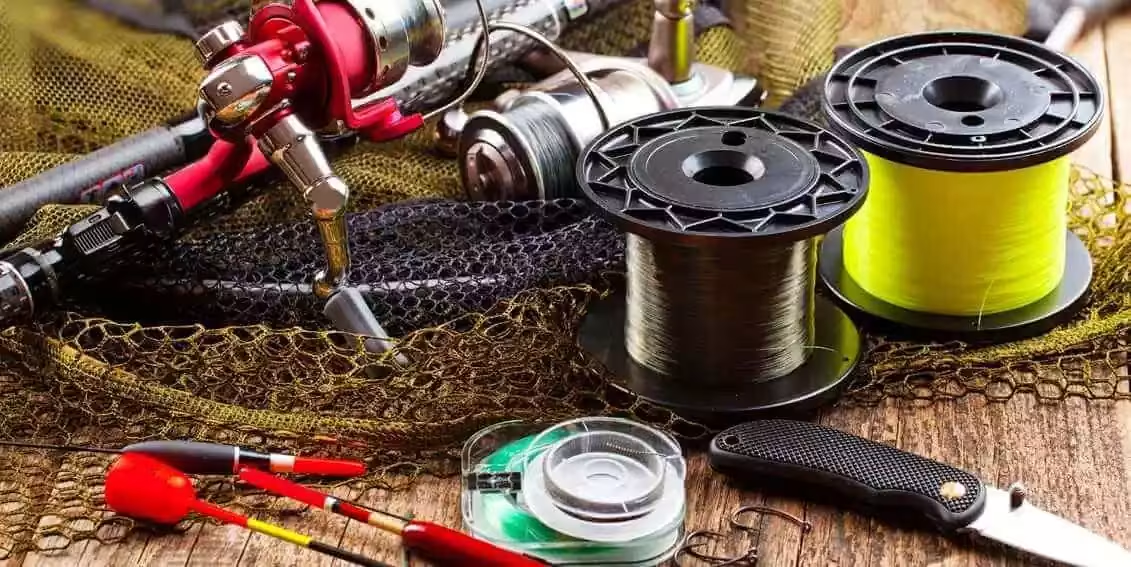Why Your Knot Matters More Than Your Rod
It takes only one weak knot to turn a great strike into a sad story. A well-tied knot keeps the hook set, transmits rod power cleanly, and protects expensive lures from disappearing with the fish. You can buy high-end gear, but if the connection between line and lure is sloppy, none of it matters. Luckily, you only need four knots to cover almost every scenario from farm-pond bluegill to coastal redfish.
1. Improved Clinch – The Everyday Workhorse
Use it to tie monofilament or fluorocarbon directly to hooks, swivels, and small lures. Run the tag end through the eye, wrap it around the standing line five times, feed it back through the first loop, then through the big loop you just formed, and pull tight. Wet the knot first; saliva or water reduces friction so the line seats smoothly instead of burning and weakening.
2. Palomar – Braid’s Best Friend
Braided line is slick, and some knots slip under load. The Palomar solves that. Double six inches of line, run the loop through the eye, tie an overhand knot, then pass the lure through the loop and cinch. It holds because the line remains in a straight pull, and the doubled strand doubles strength without adding bulk.
3. Uni-to-Uni Splice – Leader to Main Line
When you want braid’s thin diameter but still need a clear, abrasion-resistant leader, join the two with a Uni-to-Uni. Tie a six-turn Uni knot in the braid around the fluoro, and a four-turn Uni in the fluoro around the braid, then pull both knots together until they butt snugly. The finished splice glides through guides better than a bulky swivel and lets you cast farther.
4. Non-Slip Loop Knot – Freedom of Action
Hard baits and live bait rigs often work better when the lure can swing. The Non-Slip Loop gives it that freedom without sacrificing strength. Tie an overhand knot six inches up the line, pass the tag through the hook eye, back through the overhand loop, wrap around the standing line four times, then back through the overhand loop once more. Cinch gently to leave a pea-sized loop ahead of the lure.
Practice Tips That Actually Stick
- Thick cord first: Learn with paracord or heavy mono so you can see every wrap.
- Thirty-second drill: Time yourself. In a pitching boat you won’t get five leisurely minutes.
- Tag discipline: Trim tags to ⅛ inch short enough to look tidy, long enough for insurance.
- Lighting: Keep a pocket headlamp handy for pre-dawn rigs; fumbling in the dark breeds bad knots.
When to Retie
Any nick in the line near the knot, a big fish landed, or a lure change is reason enough. Fresh knots beat good luck every time, and five minutes spent re-tying is cheaper than losing the fish of the day.







